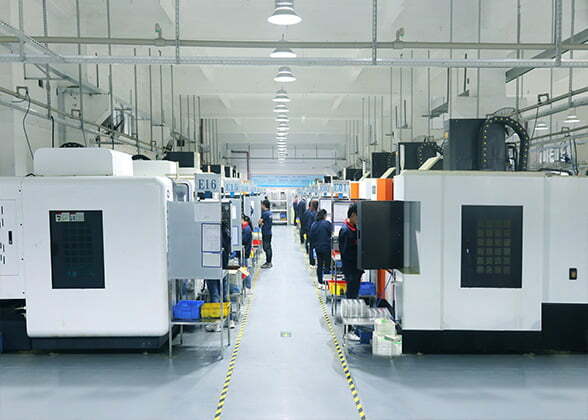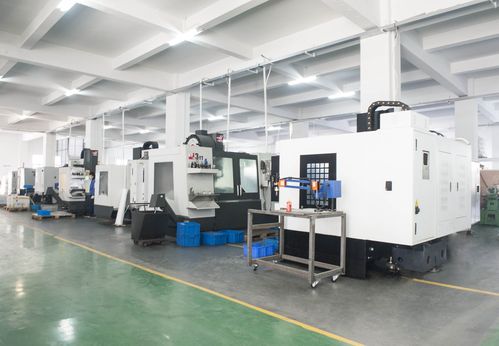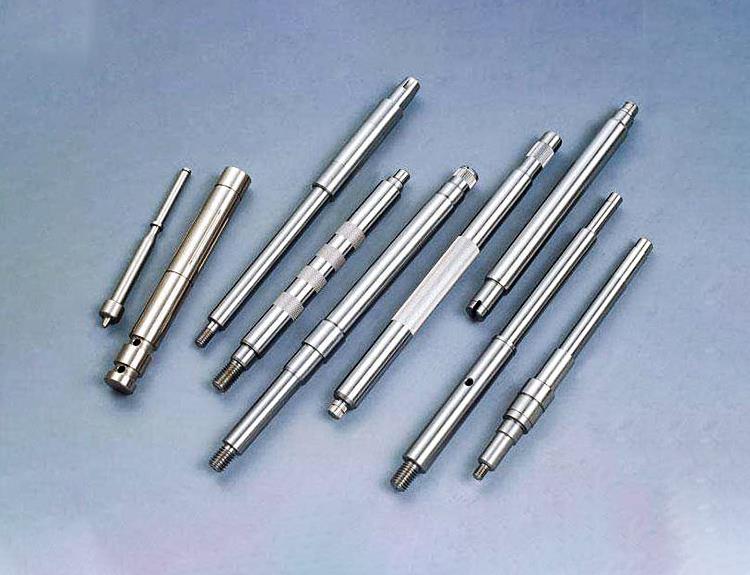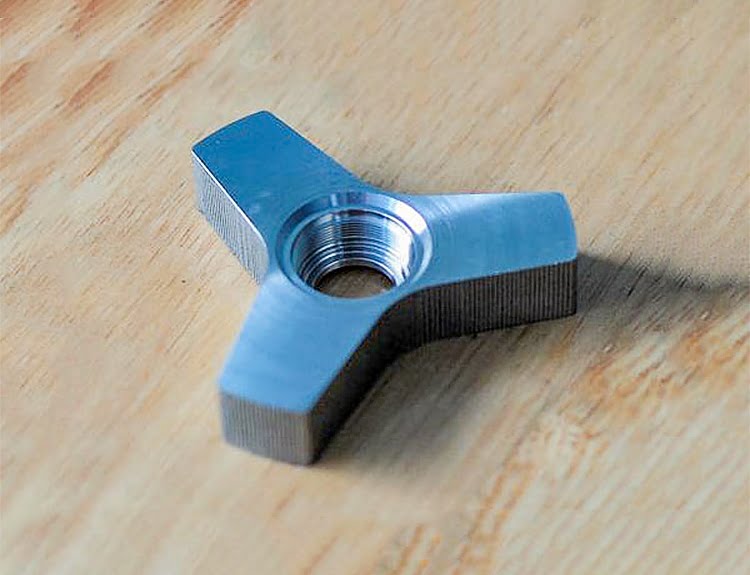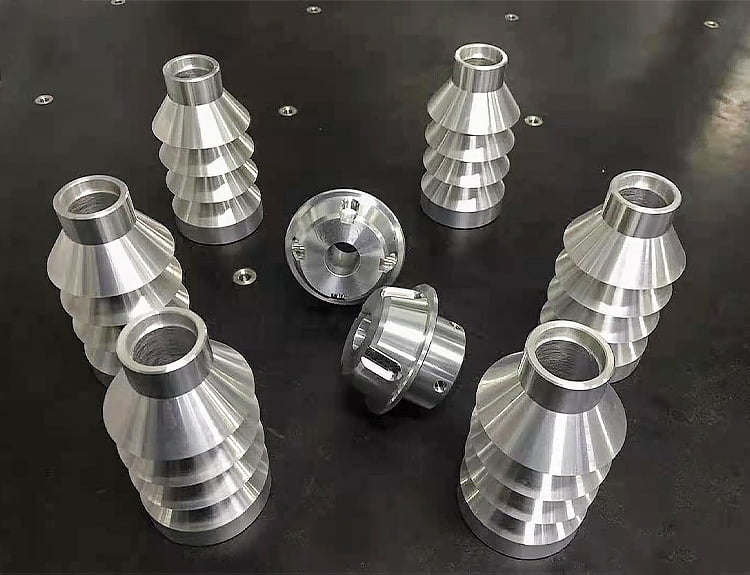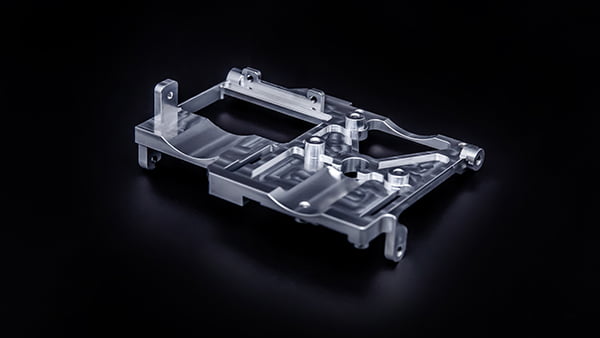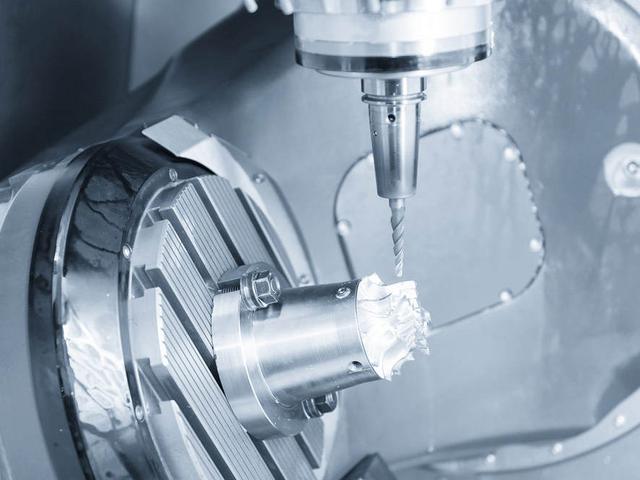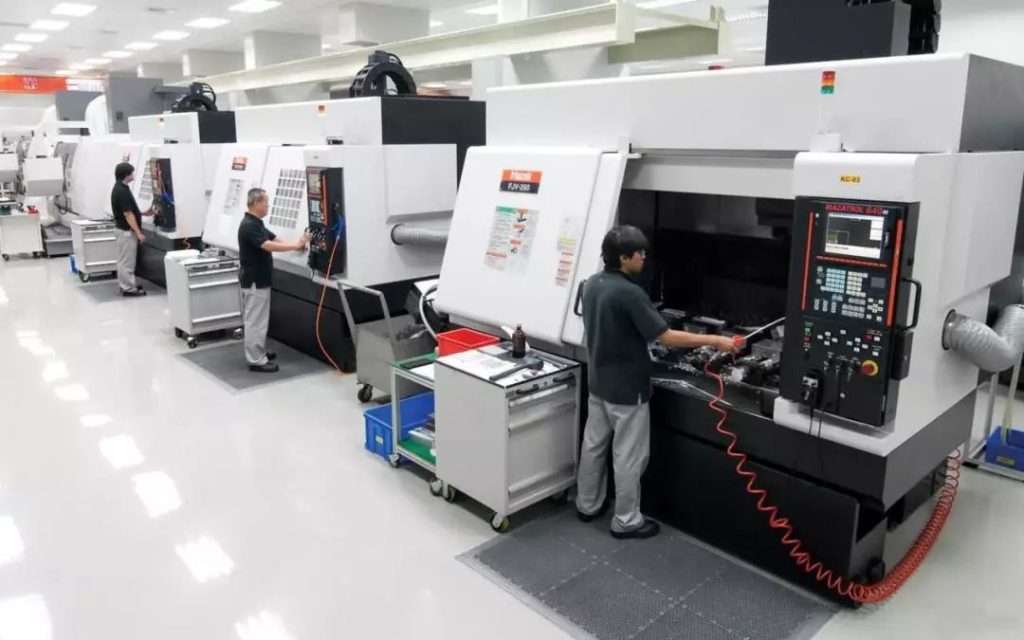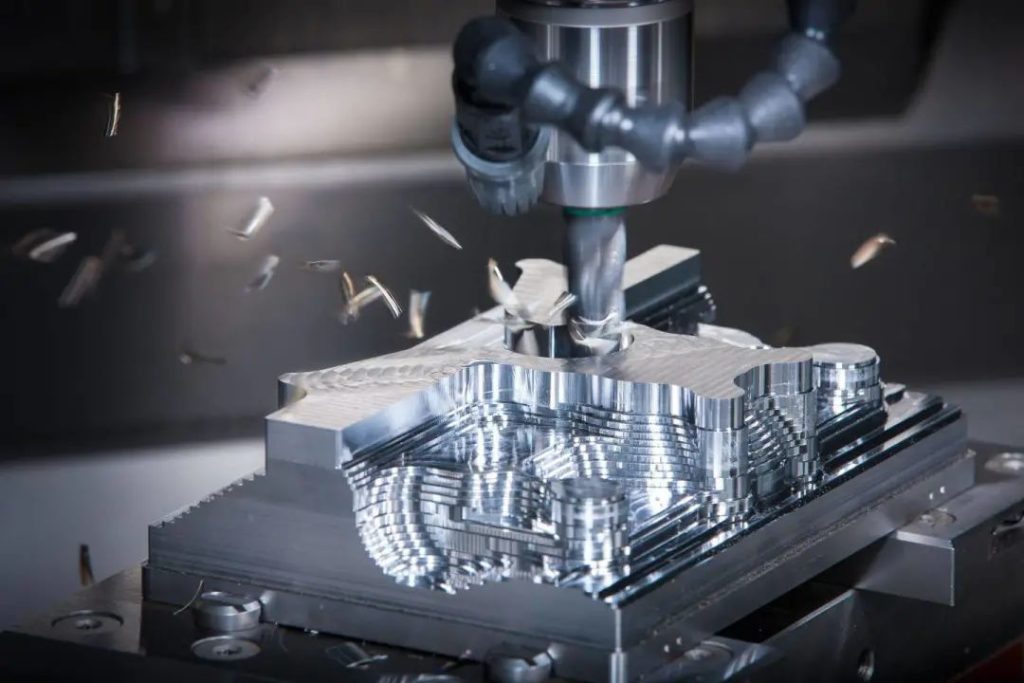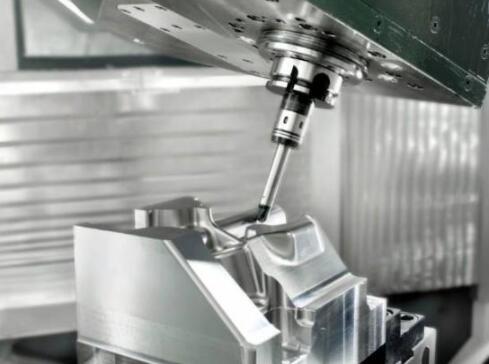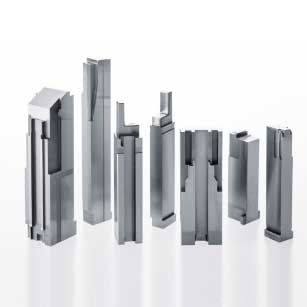I. How to divide the machining process?
The division of CNC machining processes can generally be carried out according to the following methods.
1, the tool is concentrated in the sequence method is divided into processes according to the tool used, with the same tool to finish processing all the parts on the part can be completed. In the second knife, the third to complete the other parts they can complete. This can reduce the number of tool changes, compress the empty range time, reduce unnecessary positioning errors.
2, to process parts in order for the processing of many parts, according to its structural characteristics of the processing part into several parts, such as internal shape, shape, surface or plane, etc.. Generally first processing plane, positioning surface, after processing holes; first processing simple geometry, then complex geometry; first processing lower precision parts, then processing higher precision requirements of the parts.
3, to roughing, finishing sub-sequence method for easy processing deformation of parts, due to roughing may occur after the deformation and the need for calibration, so generally speaking, where roughing, finishing are to separate the process. In summary, in the division of the process, must be depending on the structure of the parts and process, the function of the machine tool, the number of parts CNC machining content, the number of times the installation and the unit's production organization situation flexible. Another proposal to use the principle of process concentration or the principle of process dispersion, according to the actual situation to determine, but must strive to reasonable.
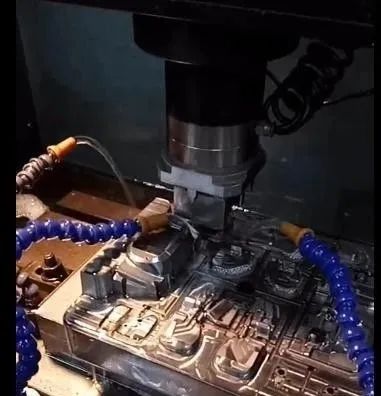
II. What principles should be followed in the processing sequence?
The division of CNC machining processes can generally be carried out according to the following methods.
1, the tool is concentrated in the sequence method is divided according to the tool used to divide the process, with the same tool to finish processing all the parts on the part can be completed. In the second knife, the third to complete the other parts they can complete. This can reduce the number of tool changes, compress the empty range time, reduce unnecessary positioning errors.
2, to process parts in order for the processing of many parts, according to its structural characteristics of the processing part into several parts, such as internal shape, shape, surface or plane, etc.. Generally first processing plane, positioning surface, after processing holes; first processing simple geometry, then complex geometry; first processing lower precision parts, then processing higher precision requirements of the parts.
3, to roughing, finishing sub-sequence method for easy processing deformation of parts, due to roughing may occur after the deformation and the need for calibration, so generally speaking, where roughing, finishing are to separate the process. In summary, in the division of the process, must be depending on the structure of the parts and process, the function of the machine tool, the number of parts CNC machining content, the number of times the installation and the unit's production organization situation flexible. Another proposal to use the principle of process concentration or the principle of process dispersion, according to the actual situation to determine, but must strive to reasonable.
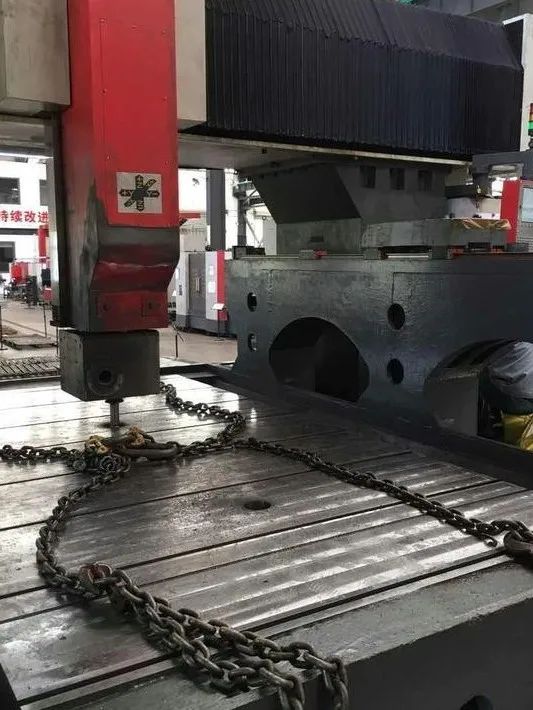
III. The workpiece clamping method should pay attention to those aspects?
In determining the positioning reference and clamping scheme should pay attention to the following three points.
1, strive to design, technology, and programming calculations of the benchmark unity.
2, as far as possible to reduce the number of clamping, as far as possible after a positioning to be able to process all the surface to be machined.
3, to avoid the use of manual adjustment programme accounted for machine.
4, the fixture should be open and smooth, its positioning, clamping mechanism can not affect the processing of the tool (such as the production of collision), encounter such situations, can be used with a vise or add the base plate to draw the screw way to clamp.

